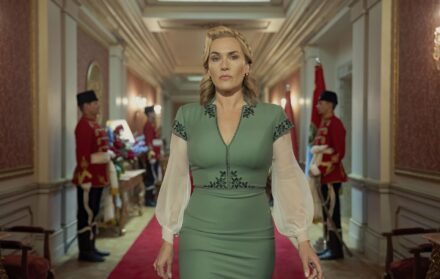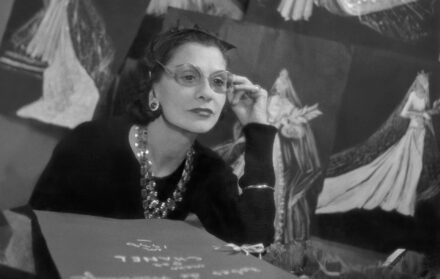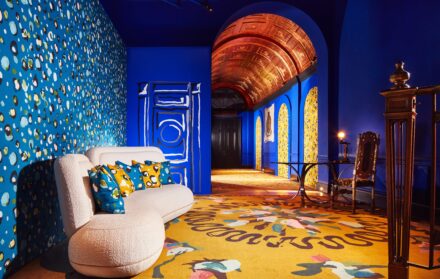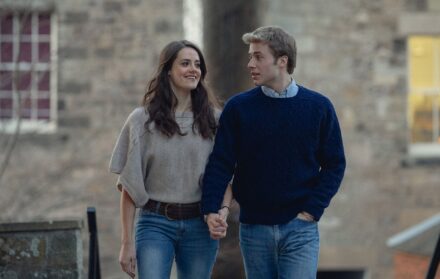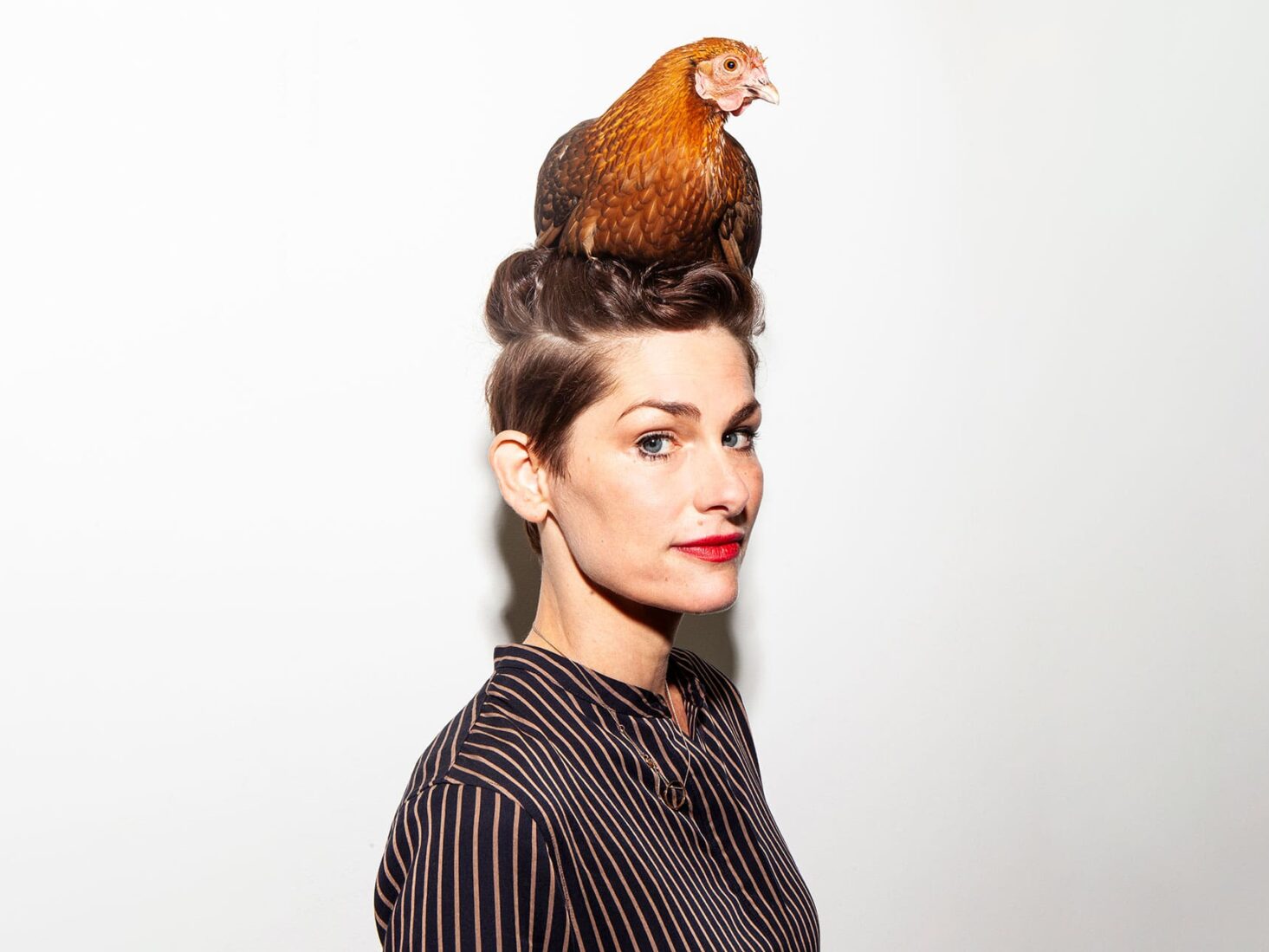
Food for thought: Inside the world of food designer Marije Vogelzang
Marije Vogelzang is not a chef. She is one of a new generation of ‘food designers’. Because, just as much as a chair or A car, food needs to be designed
Marije Vogelzang remembers her first experiment in food design. When she was eight, her parents charged her with the task of making some cheesy canapés for a dinner party. She made sure each one looked different. “To me it wasn’t so much about how they tasted,” says Vogelzang, who published her first book, Eat Love, in 2008. “I was more fascinated by who would pick which canapé – how the guests would behave in response to food.”
Vogelzang is, arguably, the pioneer of a rapidly-growing new design discipline. In 2015 she founded the Dutch Institute of Food and Design – a global platform for designers working with a material that not only engages all our senses, but which enters our body to become part of it. In some ways, Vogelzang points out, many foods have been designed through cultivation and breeding. “A banana has been ‘designed’,” she says. “It never used to be yellow and sweet like that.” Vogelzang’s aim is to explore, develop, change and create within the world of food – to challenge the food system, and to inspire new creatives focusing on food and living matter.
Vogelzang’s first exhibition, 1999’s White Funeral, invited visitors to recognise how “all food comes from death”. Other projects of hers have asked us to develop a new appreciation for the sensory qualities of foods and drinks we tend to think of as bland – tap water, for example. Others have encouraged participants to become hyperaware of the density of nerve endings in their lips, offering feedback we typically bypass through using cutlery.
“Health issues, climate change, pollinator decline, the use of pesticides and food waste – to name just a few – they all need creative thinking. I’m not saying that creative thinking can solve it all but it can certainly provide alternatives.”
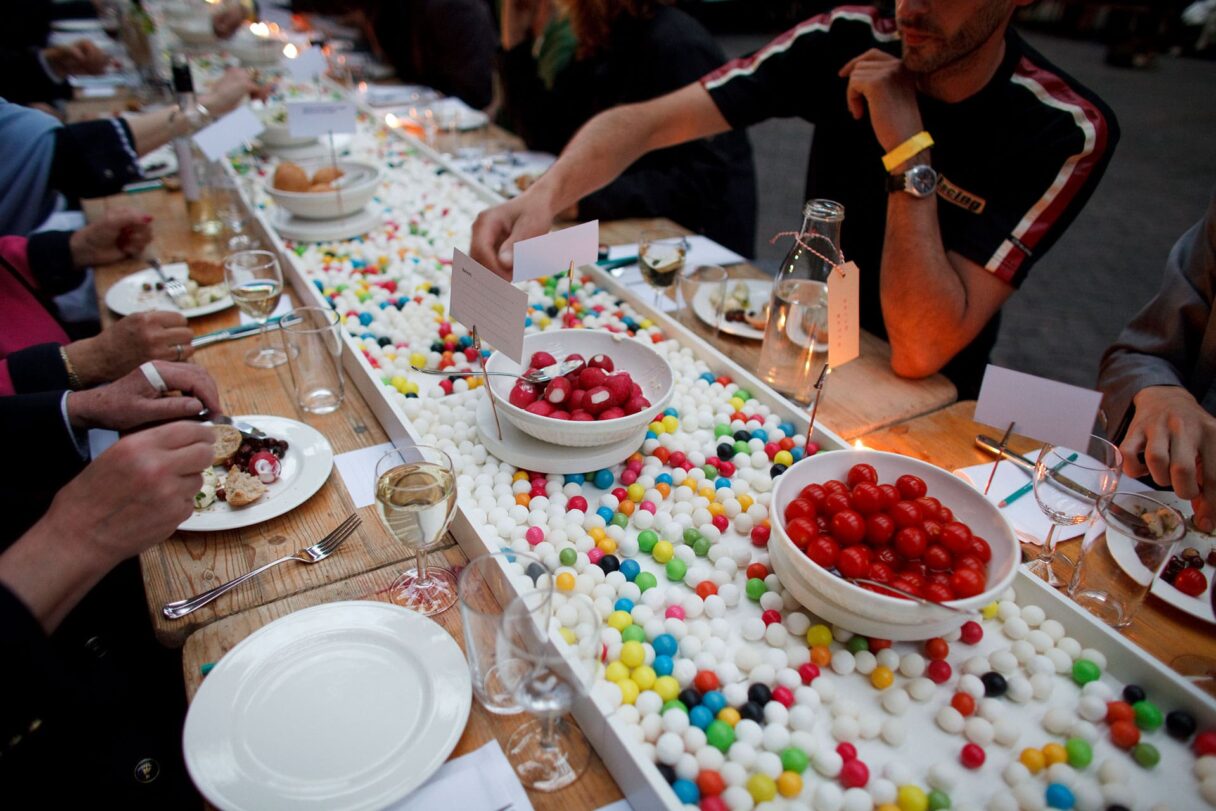
Vogelzang once dyed cubes of different vegetable matter black, before stimulating her test subjects’ olfactory sense while they ate them. How did colour – or the lack thereof – shape our perception of food? Could a synesthetic response be prompted?
The Amsterdam-based artist-designer has asked whether the aroma of a certain historic period can be captured by baking it into bread and then releasing it elsewhere? She has also pondered the kind of pressing food issues of which we’re more acutely aware: can food itself be designed to prevent overeating? How can we get kids to eat more vegetables? (By making it fun, is Vogelzang’s answer.)
Vogelzang is not, then, a designer of food in the same way a chef might be. It’s more a provocative blend of psychology, philosophy, performance, experimentation and art, all through the medium of things we eat.
“When I started out people didn’t get it. People told me I had no reason to work with food, that was just for housewives and chefs. But I loved the sensorial quality of food, its relationship to our bodies; that it’s both banal, because it’s something we all consume, and yet incredibly complex. A potato is just a potato looked at one way. Look at it in another way, and it’s about landscape, politics, history, culture.”
Vogelzang argues that understanding how we interact with food – “eating design” rather than simply “food design” – really matters. “Design has traditionally been about making things that don’t disintegrate – people think ‘design’ and then ‘expensive chair’. But that mindset is changing among younger designers now. They’re more interested in organic materials of all kinds – they appreciate that their transience is the beauty of them. We all eat food every day. So it’s incredible how under-explored the potential of food design has been so far.”
That Vogelzang started working with food came about as a combination of kicking against her experience – “we never really ate anything exotic at home, and while my mum cooked she never really liked it, so maybe it was some kind of lack that inspired me” – and having the right mentor at the Netherlands’ prestigious art institution, the Design Academy Eindhoven.

It was there that the chair – and legendary trend forecaster – Lidewij Edelkoort encouraged Vogelzang to explore this strange, new tangent. It was a bold decision. There were no reference points. No established canon of work. But, says Vogelzang, being unconstrained by tradition made the prospect even more exhilarating.
“I don’t think anyone back then thought that food design would become a new discipline, and I did feel insecure about it. But it has turned out to be fascinating – less for the aesthetics, and more as to how the way we think about food shapes how we experience it.”
In 2022, Vogelzang published her most recent book, Lick It. Over the course of 32 unique food challenges, and 22 chapters of alternate angles, the book sets out to examine everything from food politics and sex to hunger and queer food. “For many of us, food is plentiful, so we don’t really think about it at all,” she says. “Yet we all have a mouth and brain and my aim is to connect them; to combine the act of eating with imagination, with fantasy. I think if that connection was there, we would value food much more.”
Vogelzang’s work often resonates long after its initial unveiling. Her Faked Meat project of 2016, for example, questioned why so many new soy- and plant-based foods aim not to provide a distinct alternative to meat but rather to mimic it, in presentation, texture and flavour. In doing so, Vogelzang suggests, we’re presenting new food products as inferior. She proposed vegetarian foods that derived from their own fictional animals.
“That project got some negative reactions. ‘Who would be interested in that?!’,” she recalls some asking. “But with increased vegetarianism a lot of people are more interested [in the ideas it proposed]. I think sometimes people have to be primed to have a discussion about some issues.”
To this end, one recent project was run in conjunction with one of the largest poultry farmers in the Netherlands, asking whether it is ethical to industrially farm chickens. This has involved setting up a pop-up ‘Eggs-change’ where people are gifted a fertilised egg. It is, Vogelzang explains, a way of challenging the way we think about eggs. Do we take the egg at face value, or think about the value of what will happen if we let it hatch?
“When I said I was working with industrial poultry farmers, a lot of my friends said I was working with the devil,” laughs Vogelzang. “But that’s a useless response. If you take that attitude you never change anything. You have to be curious and not get lost in some political agenda – and food can get very politicised.”
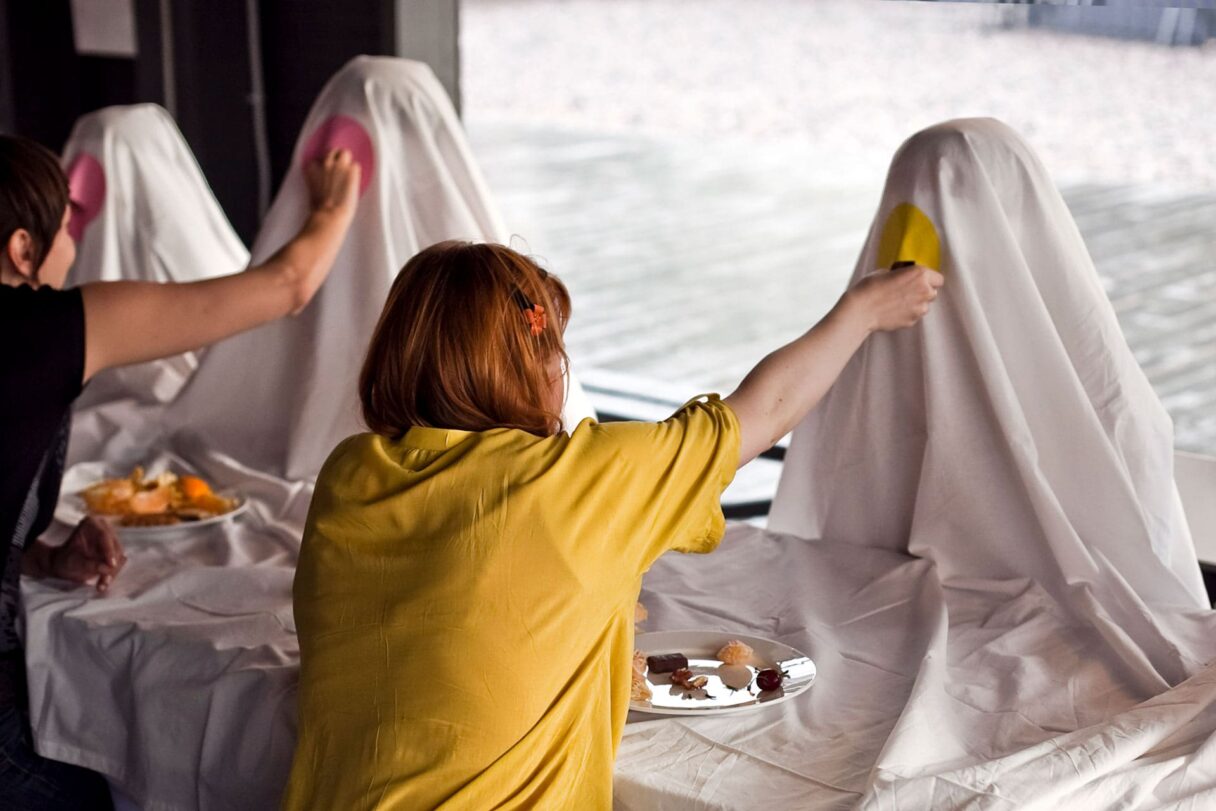
Vogelzang sees the same disconnection in the global corporations that produce so much of the supermarket foods we consume, including in her own clients, which include Nestle and Procter & Gamble. “They’re an important part of the whole world of food,” she says, “and, of course, there’s room for improvement in all sorts of ways – making foods healthier, less environmentally impactful, dealing with the raw resources better, and so on – but what they should really be doing is thinking less about products and more about people.”
It is, arguably, in Vogelzang’s intimate and often revelatory gatherings that her work most resonates. Guests are invited to explore aspects of food consumption they haven’t considered, often leaving perplexed as to why they haven’t previously. Take, for example, those who attended a Burns supper that Vogelzang devised for the whisky company, Glenmorangie. Broth and haggis was served in an edible bowl; three kinds of fish were presented in hollowed out chicken’s eggs, each rubber stamped with the first letter of its contents; and cheese came as though it were painted onto an art palette.
Should you ever receive a dinner invitation from Vogelzang, be sure to accept. Chances are, you’ll never look at food in the same way again.
Read more: Why Alison Jacques is championing under-appreciated artists

